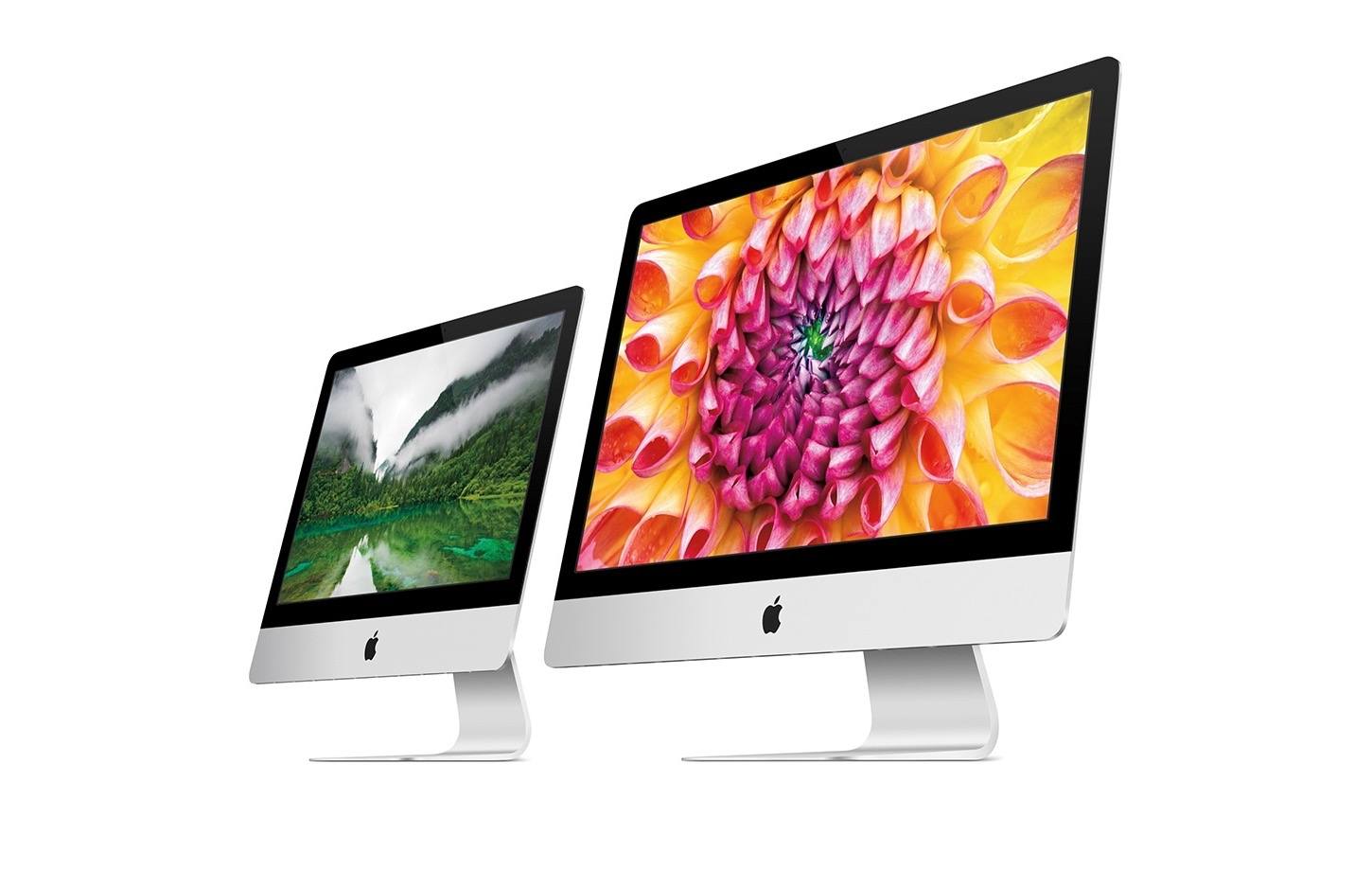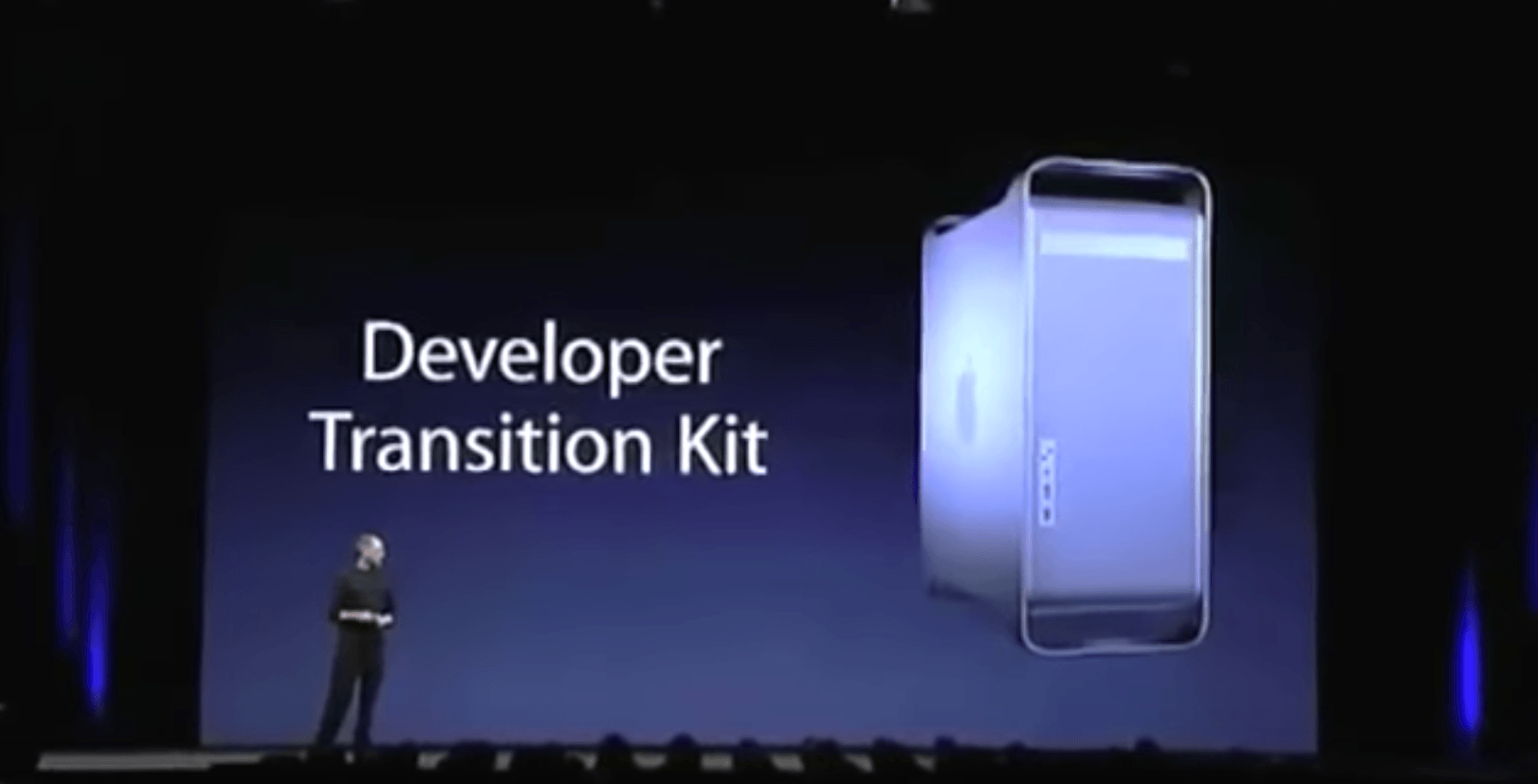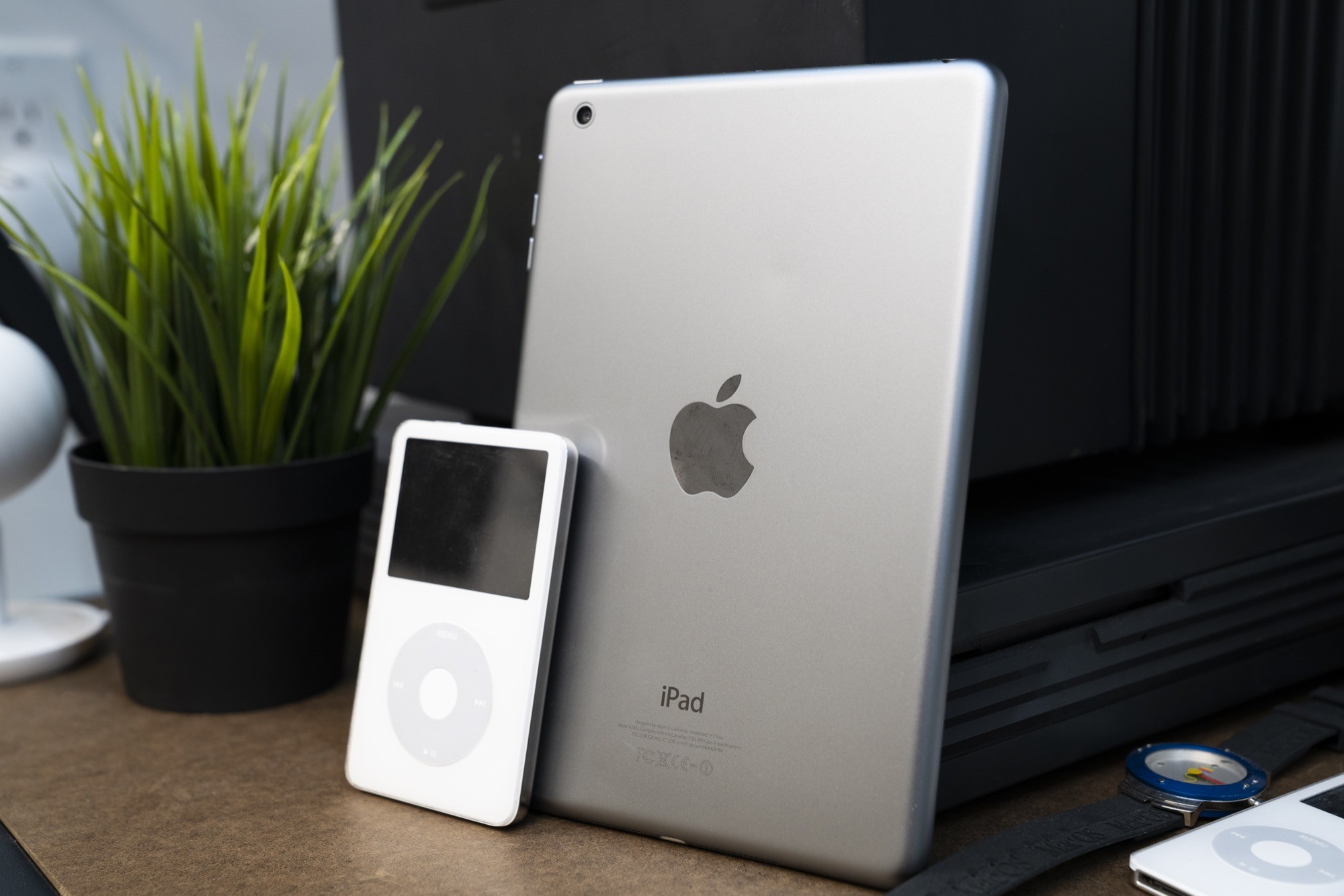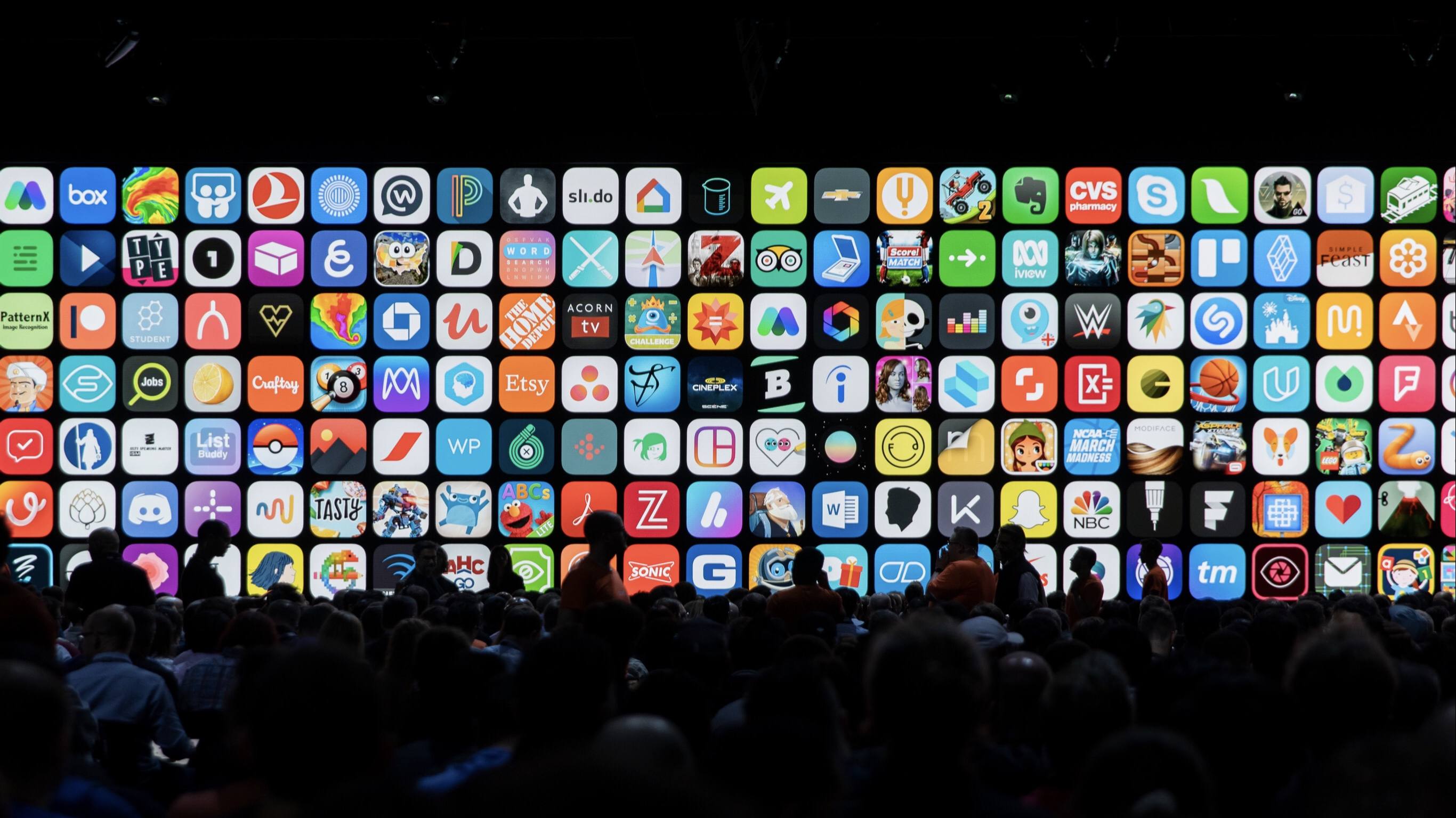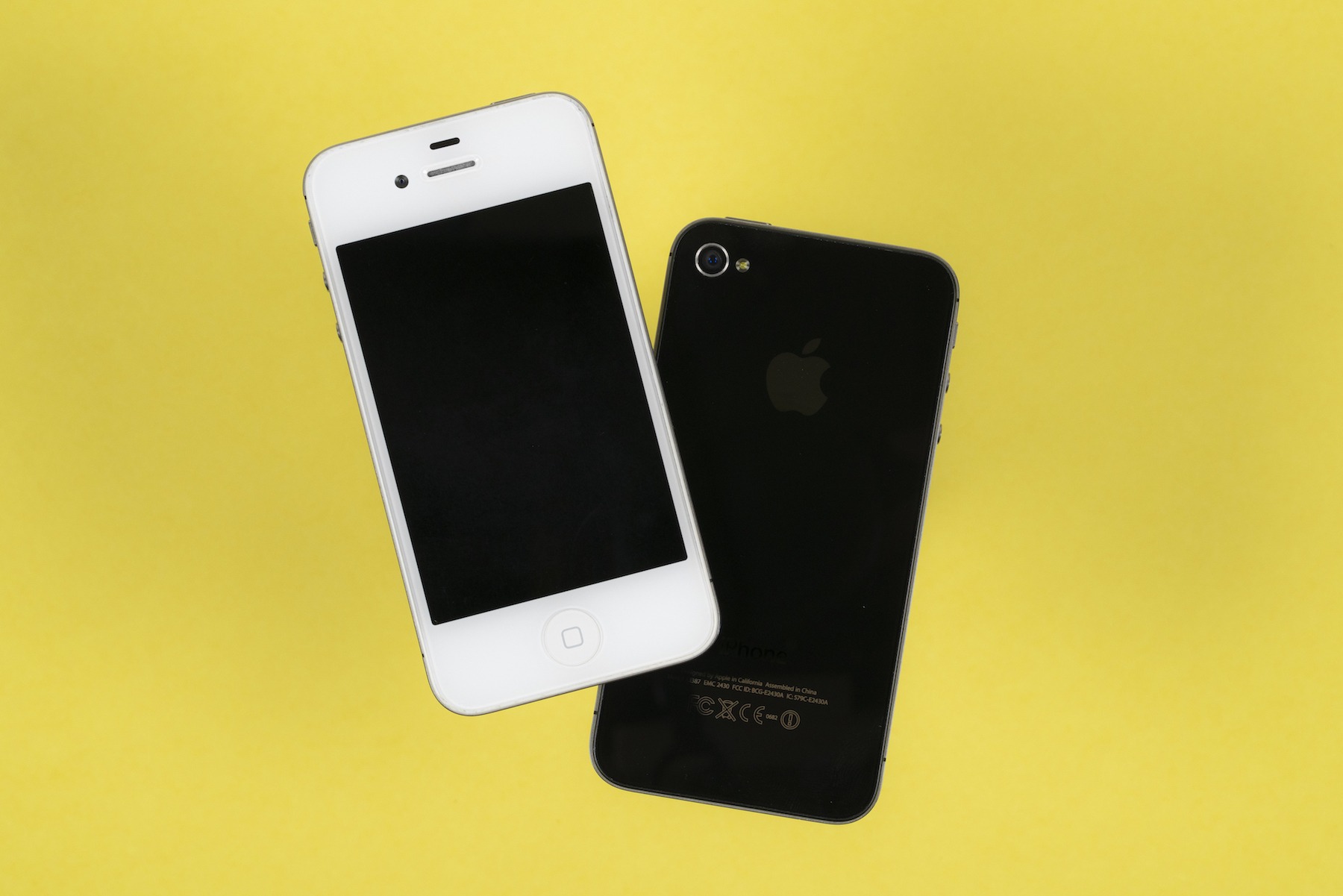“I think we should talk to Federico about joining the show.”
With that, my podcasting career – and life – got a lot better.
This was the spring of 2013. Myke Hurley and I were packing our bags at Myke’s original podcast network, heading over to 5by5. He and I had been publishing a weekly Apple show named “The 512 Podcast,” but we wanted to do something bigger and better, and Myke had the idea to wrangle Federico into things.



